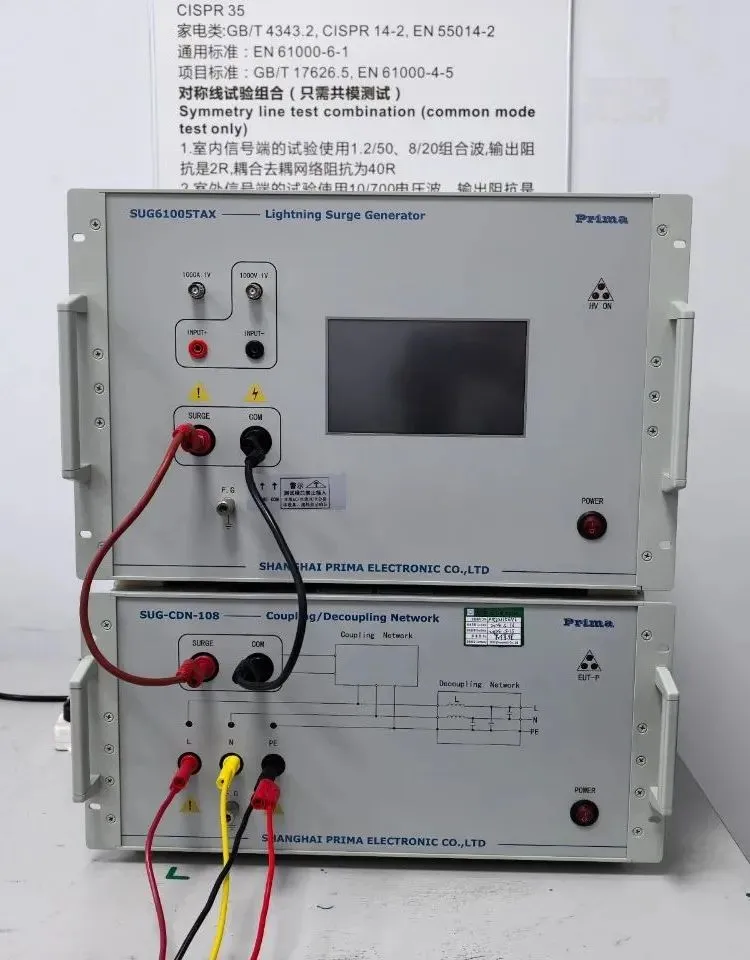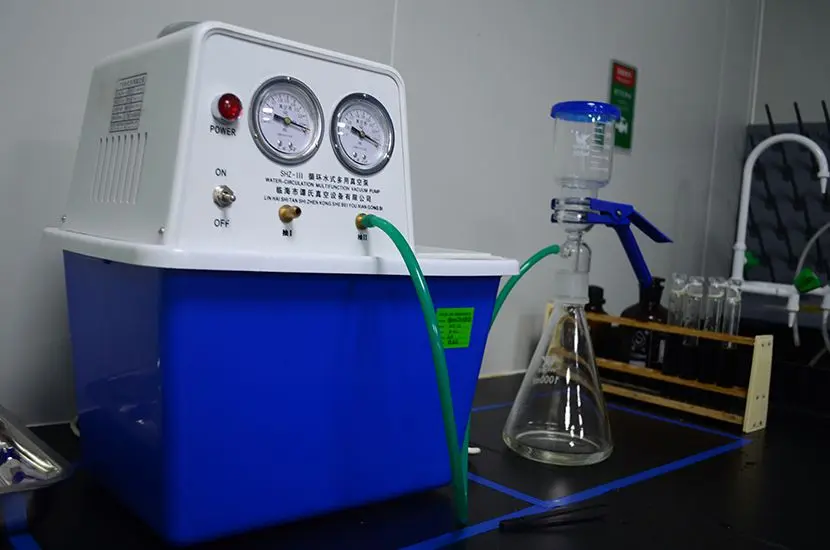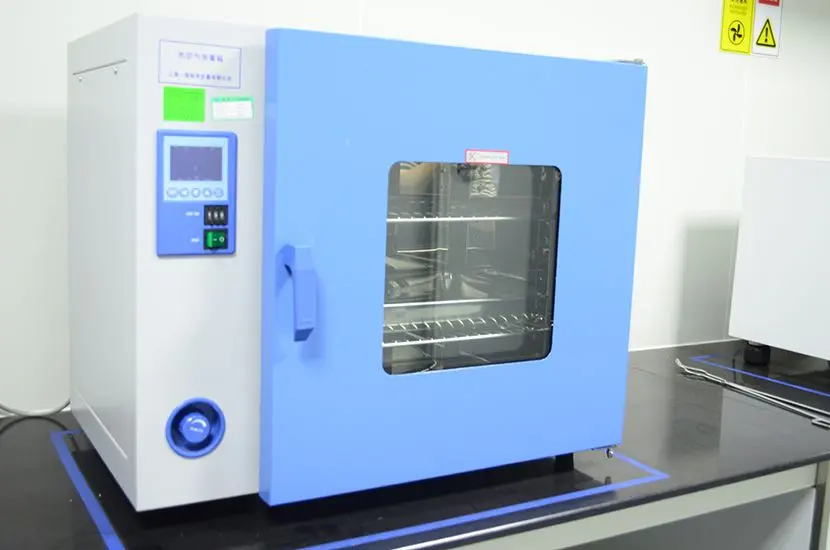
EU Telecom: Wireless Standards Update
Recently, the European Telecommunications Standards Institute (ETSI) has been active and has updated several testing standards for wireless communication equipment. Below, we have made a detailed review and interpretation of the new and old versions, effective time, and updated content of the five standards EN 301 489-1 , EN 301 489-17 , EN 301 908-1 , EN 300 220-2 , and EN 300 328. They are applicable to smart home appliances, mobile phones, routers, vehicle communications, smart power strips, and other products with wireless communication technologies such as WLAN and Bluetooth.
1. EN 301 489-1 standard
Applicable: Testing requirements for wireless communication products
Version: New version: V2.2.3 (This standard has been published, but has not yet been included in the OJ , and is only for reference) Old version: V1.9.2
Update content:
1) The new version V2.2.3 defines antenna ports, related equipment, broadcast receivers, occupied bandwidth, signal / control ports, vehicle usage, and wiRED network ports.
2) The new version V2.2.3 provides a more detailed definition of the radio frequency exclusion band for radio equipment.
In the old version, only the frequencies of radio equipment operating above 2.7GHz were not excluded from the band;
The new version makes detailed calcULations for the frequency bands at the lower and upper edges of channel devices and non-channel devices, excluding the frequency bands that need to be calculated using the occupied bandwidth of the transmitter signal.
3) The new version V2.2.3 changes the reference standard for power supply end disturbance voltage from EN 55022 to en 55032 .
AC powered equipment shall comply with the Class B limits and measurement methods of EN 55032 annex A, table A.10. For equipment used in industrial environments or telecommunication centers, the Class A limits and measurement methods of EN 55032 annex A, table A.9 may be used.
The new version of the standard requires that home PLC communication devices with AC power output ports meet the standards of EN 50561-1 and EN 50561-3 .
4) The new version V2.2.3 changes the measurement range of the radio frequency electromagnetic field test from 80MHz~1000MHz and 1400MHz~2700MHz to 80MHz~6000MHz .
New test requirements for radio frequency electromagnetic fields have been added. The dwell time of the test phenomenon at each frequency should be no less than the time required for the device under test to respond.
5) New test requirements for fast transient common mode items:
The test level for xDSL cable network ports shall be 0.5 kV open circuit voltage with a repetition frequency of 100 kHz .
6) New test requirements for voltage sag and interruption items:
For devices with current greater than 16A, the equipment in Chapter 8 of en 61000-4-34 [16] should be used ;
The performance standards applicable to voltage dips and interruptions items are modified to divide the performance standards into 0% residual voltage dip and 70 % residual voltage dip and voltage interruption.
2. EN 301 489-17 standard
Applicable : Basic requirements for electromagnetic compatibility of data transmission systems (such as WLAN , Bluetooth, etc.)
Version : New version: V3.1.1 Old version: V2.2.1
Update content :
1) New version V3.1.1 adds chapter 4.2.6 :
Equipment with external antenna connectors describes testing the EUT with the antenna removed. If testing is performed with the antenna removed, the required RF input and output signals shall be delivered between the EUT antenna connector and the measurement and / or test equipment via a shielded transmission line such as coaxial cable .
2) New version V3.1.1 adds chapter 4.2.7 :
Applicable to EUTs to which clause 4.2.6 does not apply . Applicable to devices with integrated antennas or dedicated antennas. The antennas of the EUT shall be tested in a manner typical of normal intended use.
3) New version V3.1.1 adds chapter 4.2.8 :
For equipment with multiple antennas test requirements, such as separate antennas for Tx and Rx or separate antennas for different operating frequencies or diversity antennas, the EUT may be tested according to clause 4.2.6 if clause 4.2.6 is applicable to all antenna ports and treat all antenna ports the same. Otherwise, testing shall be performed in accordance with clause 4.2.7 .
4) The new version V3.1.1 adds a calculation method for the excluded frequency bands for immunity testing of devices operating in the 2.4GHz , 5.1GHz , and 5.8GHz frequency bands.
3. EN 301 908-1 Standard
Applicable to : IMT cellular network (such as mobile phones and other terminal equipment) wireless spectrum coordination and unification standards
Version : New version: V13.1.1 Old version: V11.1.2
Update content :
1) The new version V13.1.1 has modified the scope of application :
The technical requirements for specific types of IMT cellular equipment have been added as “ Active Antenna System ( AAS ) Base Station ( BS ); Conformance Test ”.
2) The new version V13.1.1 puts the recommended value list for the maximum measurement uncertainty in Appendix D and modifies the recommended value range for base stations and relay stations:
The recommended value of the maximum uncertainty of RF conducted power has been removed;
For EUT range greater than 1m : Change the original ±9dBm to 6dBm .
3) The following figure shows the comparison of the measurement uncertainty results of the new and old versions of EN 301 893-1 :


4. EN 300220-2 Standard
Applicable : Short-range devices ( SRD ) operating in the frequency range of 25MHz ~1000MHz
Version : New version: V3.2.1 Old version: V3.1.1
Update content :
1) The new version V3.2.1 modifies chapter 4.2 and describes the complexity requirements of all devices more clearly:
The equipment shall comply with all parameters in the corresponding row of standard B.1 ;
This document can be used in conjunction with nationally restricted frequency bands, in which case certain parameters may be modified according to the NRI .
Note: In some countries , the use of the device may be restricted if NRI has been used . Some examples of NRI parameters are given in Annex C.
2) The new version V3.2.1 modifies the maximum erp power spectrum density of transmitters using Annex B working frequency band I :
The maximum erp power spectral density applies to transmitters using wideband techniques other than DSSS or FHSS modulation in Annex C bands W , AA or AC .
3) The new version V3.2.1 updates the relevant provisions in Annex B regarding the unified national radio interface from 25 MHz to 1 000 MHz within the EU .
4) The new version V3.2.1 updates the relevant provisions in Annex C (informative) regarding national radio interfaces that are not unified within the EU .
5) The new version V3.2.1 covers the published version of Directive 2014/53/EU [i.2] :
Deleted recipient category 3 ;
The minimum acceptance category in compliance with Article 3.2 of Directive 2014/53/EU is set to Category 2 .
5. EN 300 328 Standard
Applicable: Short-range devices ( SRD ) operating in the frequency range of 25MHz~1000MHz
Version: New version: V3.2.1 ( effective on February 5 , 2020 , enforced on August 6 , 2021 ) Old version: V3.1.1
Email:hello@jjrlab.com
Write your message here and send it to us
 What Are the Testing Items of California Propositi
What Are the Testing Items of California Propositi
 E-Cigarette EU TPD Testing
E-Cigarette EU TPD Testing
 Testing Certification for E-cigarettes Exported to
Testing Certification for E-cigarettes Exported to
 What is Amazon US CPC Certification?
What is Amazon US CPC Certification?
 UK Toy Safety Regulation Standard EN 71-13
UK Toy Safety Regulation Standard EN 71-13
 What is EU UFI Registration?
What is EU UFI Registration?
 EU UFI Registration for E-cigarette E-liquid
EU UFI Registration for E-cigarette E-liquid
 How to get the MSDS Report for Electronic Cigarett
How to get the MSDS Report for Electronic Cigarett
Leave us a message
24-hour online customer service at any time to respond, so that you worry!




